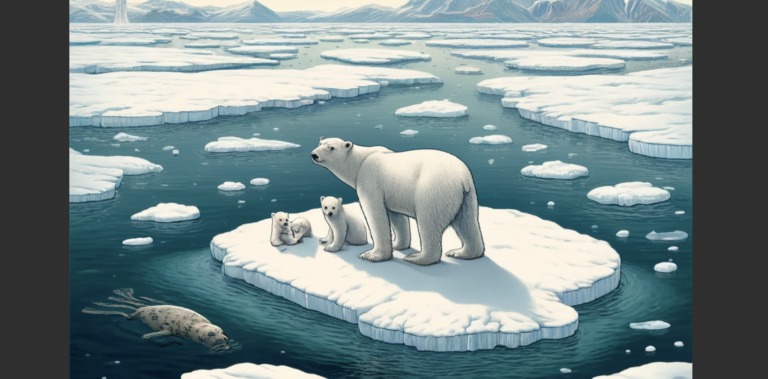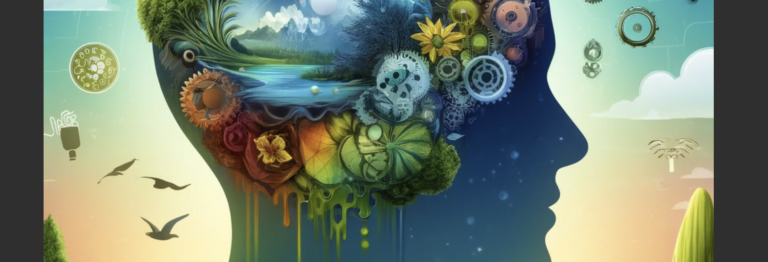The Art of Fear: Iconic Horror Stories and Their Cultural Impact
Horror stories have long been a staple of literature and entertainment, captivating audiences with their ability to evoke fear and suspense. From classic novels to modern films, these tales of terror have left a lasting impact on popular culture. In this article, we will explore the art of fear and examine how iconic horror stories have shaped our society.
The Evolution of Horror
Horror stories have been around for centuries, with early examples found in folklore and mythology. However, it was not until the 19th century that the genre truly began to take shape. Writers like Edgar Allan Poe and Mary Shelley paved the way for modern horror with their chilling tales of madness and monsters.
Classic Horror Novels
- Mary Shelley’s “Frankenstein” (1818) – A cautionary tale about the dangers of playing god.
- Bram Stoker’s “Dracula” (1897) – The iconic vampire novel that has inspired countless adaptations.
Modern Horror Films
- Alfred Hitchcock’s “Psycho” (1960) – A groundbreaking film that redefined the horror genre.
- John Carpenter’s “Halloween” (1978) – The film that introduced the world to the iconic killer, Michael Myers.
The Cultural Impact of Horror
Horror stories not only entertain, but they also reflect the fears and anxieties of society. By exploring themes of death, madness, and the supernatural, these stories provide a lens through which we can examine our own fears.
Case Study: “The Exorcist”
Released in 1973, “The Exorcist” shocked audiences with its graphic depiction of demonic possession. The film sparked debates about religion and morality, and even led to reports of audience members fainting and vomiting in theaters.
Statistics on Horror Consumption
According to a survey conducted by Statista, 57% of Americans enjoy watching horror films. This demonstrates the enduring popularity of the genre and its ability to captivate audiences across generations.
Conclusion
Horror stories have a unique power to evoke fear and provoke thought. From classic novels to modern films, these tales of terror continue to captivate audiences and shape our cultural landscape. By exploring the art of fear, we can gain a deeper understanding of ourselves and the world around us.




























+ There are no comments
Add yours